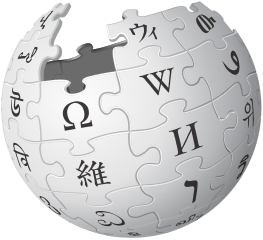"Barys" means "heavy" in Greek, because protons and neutrons was what made most of the mass of known ordinary matter, as opposed notably to electrons.
Baryons can be contrasted with:
- mesons, which have an even number of elementary particles. The name meson comes from "medium" since their most common examples have two quarks rather than three as the most common baryons such as protons. So they have less mass than a proton, but more than an electron, this medium mass.
- leptons, which are much lighter particles such as the electron. "Leptos" means "fine, small, thin".
composite particle made up of an even number of elementary particles, most commonly one particle and one anti-particle.
This can be contrasted with mesons, which have an odd number of elementary particles, as mentioned at baryon vs meson vs lepton.
Conceptually the simplest mesons. All of them have neutral color charge:
- charged: down + anti-up or up + anti-down, therefore with net electrical charge electron charge
- neutral: down + anti-down or up + anti-up, therefore with net electrical charge 0
One strange quark bound with one up quark or a down quark. 6 combinations exist, 4 if we consider antiparticles the same as particles.
